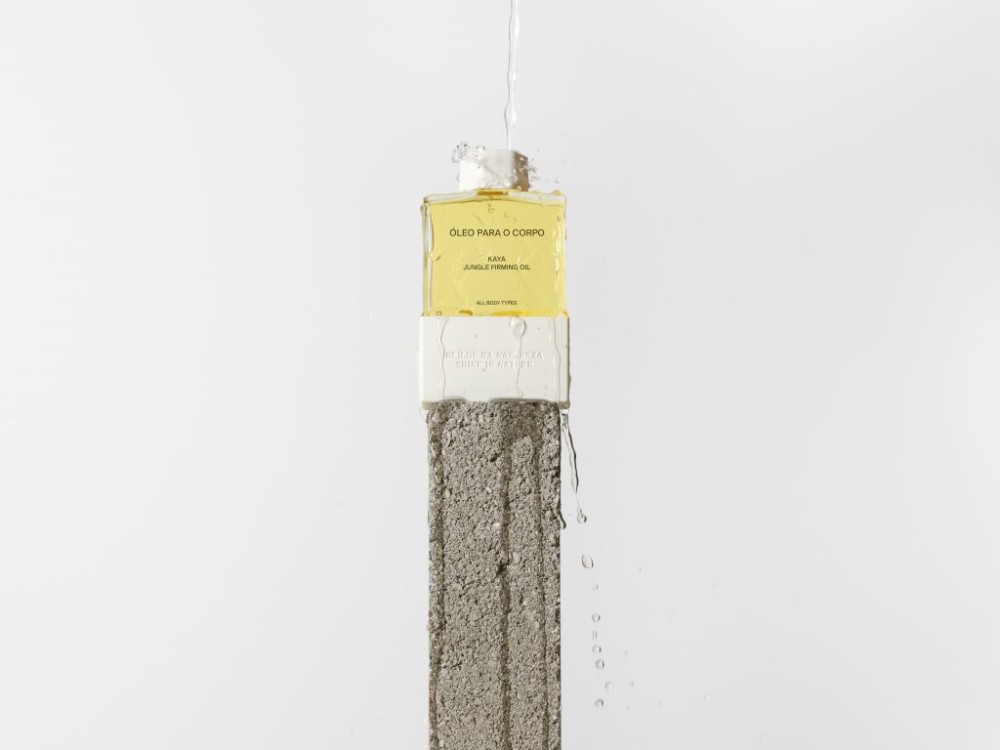More than a Surface: Francisco Costa of Costa Brazil
Feb 07, 2020
Redefining the notion of beauty in this day and age, Francisco Costa of Costa Brazil has built a new language from scratch through the wisdom of the Amazon rainforest. Michael Cheung gets to know the Brazilian designer and trailblazer
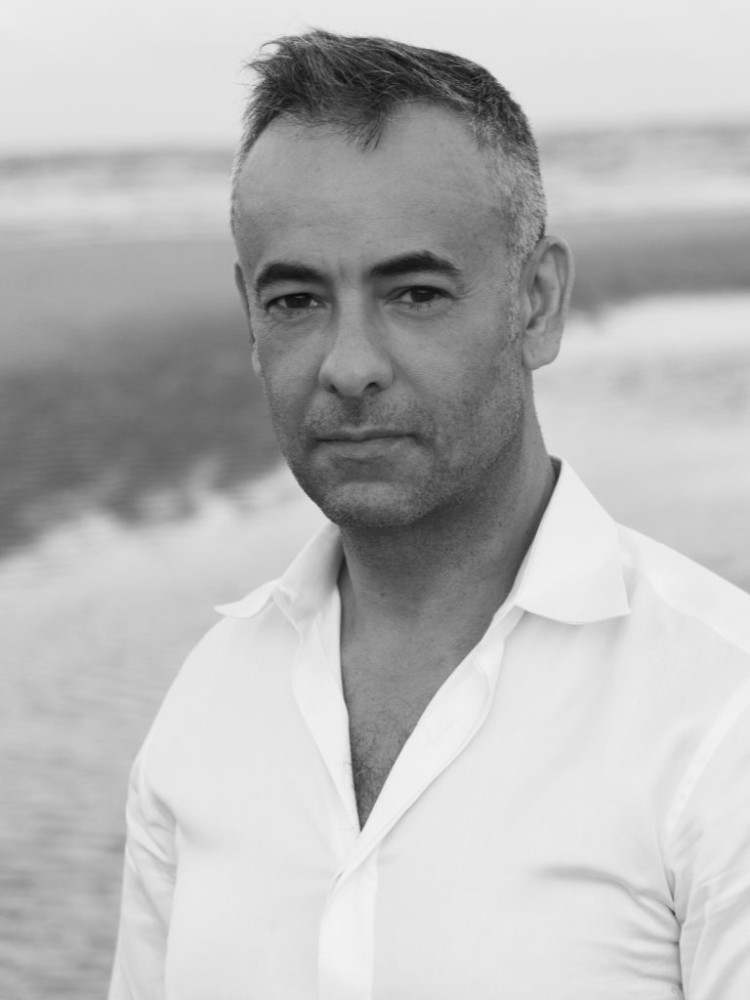
For 13 years as the creative director of Calvin Klein’s womenswear, Francisco Costa helped solidify the company into a global leader, injecting contemporary, cross-cultural notes into the clean codes that Klein established. During this long period of service, Costa was able to propel the brand to the forefront of American fashion through feminine garments with airy lightness, adored by A-listers including Jennifer Lawrence, Gwyneth Paltrow and Lupita Nyong’o. Along the way, he snatched the CFDA’s prestigious Womenswear Designer of the Year Award in 2006 and 2008 for the house.
Upon his newsstand-worthy departure from Calvin Klein in 2016, Costa entered an entirely different realm: beauty. With a new chapter to write, his next act would begin to shed light on traits beyond minimalism, as he got free rein to embrace his Brazilian roots and lifelong values.
This is not your conventional story on a hushed deal with a luxury conglomerate, nor was it readily backed by investors. In fact, Costa’s initial pitch to large companies, including Estée Lauder, was turned down. This marked an independent shift on his own, as he came to terms that “fashion for me was getting so stale” and that it was his time to take an indefinite hiatus from the industry.
As an outsider, Costa comes into the business of beauty with fresh eyes. He approached his first steps in a similar way to how he forms a collection – by sourcing the finest materials that felt right to him. And he headed home. Well, not precisely his home state of Minas Gerais, Brazil, but somewhere even deeper and enchanted.
Costa’s first encounter and multiple subsequent trips to the Amazon helped him narrow down the language he wished to speak through Costa Brazil. His values were challenged along the way; he described himself as a cat that didn’t belong, simply “coming and going”. The indigenous life of rituals was courteous and slow. This was the time where his epiphany truly unfolded, silently “crying for no reason” in the remote jungle, when a different wavelength opened up. His intensive escapade brought him to the communities of Belém do Pará and Rio Grande do Norte, working alongside local chemists and botanists who unlocked new ingredients and possibilities.
Keeping this sacred experience close to heart, Costa sees his calling as defying beauty norms and offering something that gives back. “The journey to the Amazon led me to another journey,” he recalls. “My schedule was dictated by the movements of the sun and the moon, just like all the trees, plants and wildlife around me. I was one with the Earth. I found strength, getting into the flow.”
When a brand is dubbed “sustainable”, it’s a given that it will be free of parabens, gluten, glycols, mineral oil, artificial colourants and other toxic chemicals. But what Costa Brazil wants to address is more than meets the eye – transparency every step of the way and a genuine interchange with locals set the brand far apart from the rest. Here, Costa lets us dive deep into his jungle as he reveals more about what makes the brand truly disruptive.
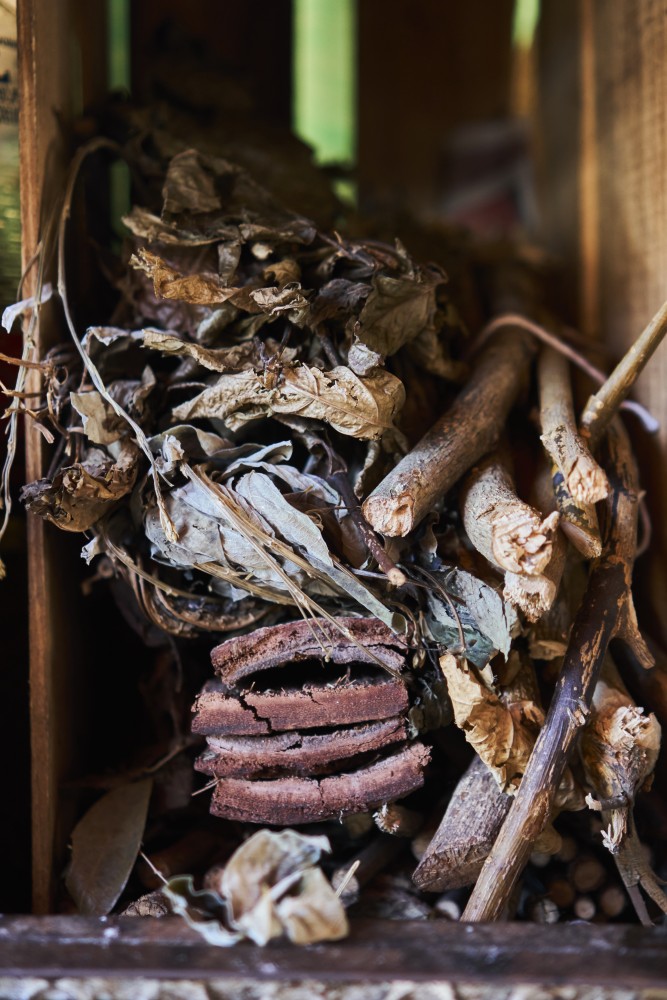
Francisco visiting a waterfront market that sells a cacophony of rare native fruits, serums and medicinal herbs. 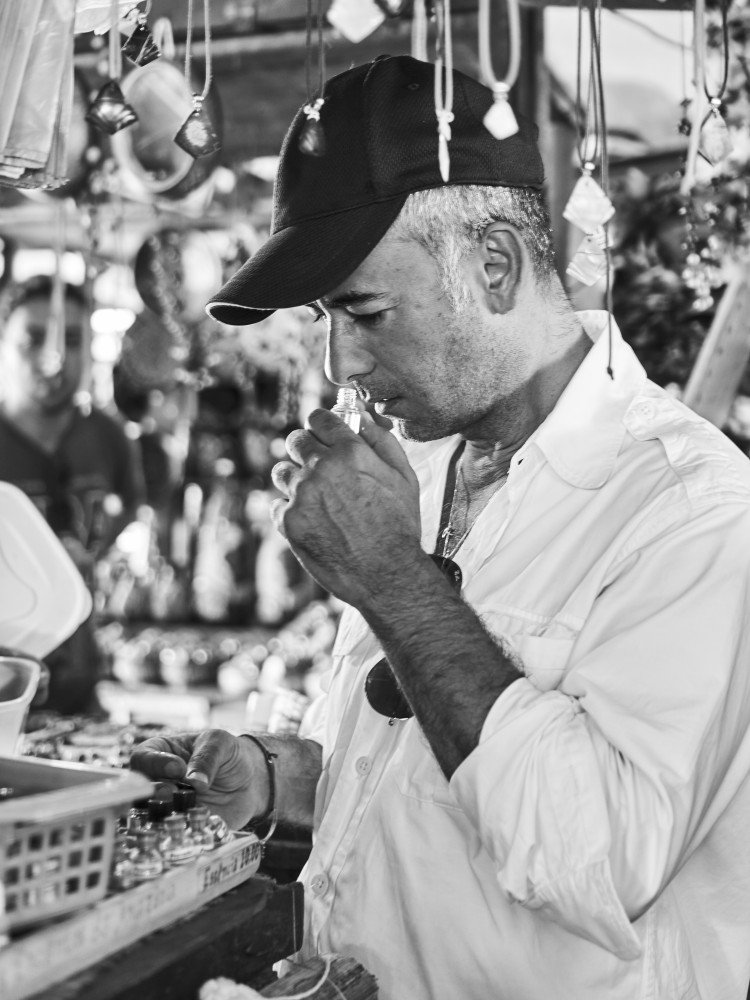
Francisco visiting a waterfront market that sells a cacophony of rare native fruits, serums and medicinal herbs. 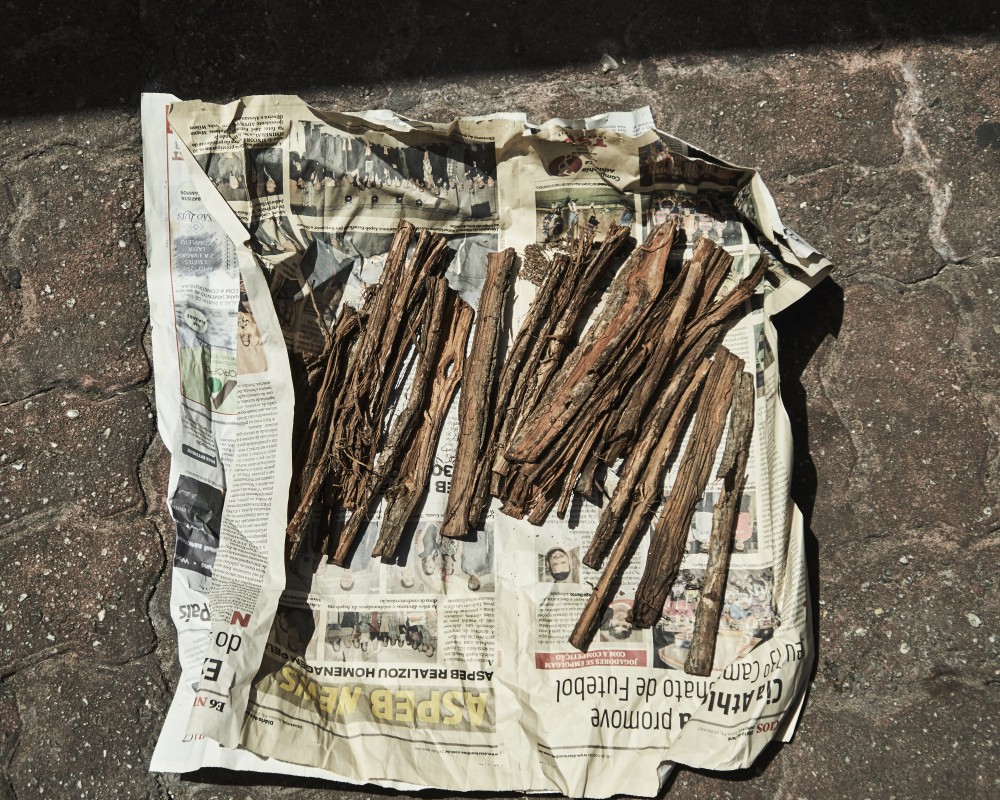
Francisco visiting a waterfront market that sells a cacophony of rare native fruits, serums and medicinal herbs.
Do you believe that your concept towards time has changed since your departure from Calvin Klein, where you had to flesh out numerous collections per year?
Yes, absolutely. I think it’s a direction we all have to take. It’s detrimental to the Earth. We’ve got to slow down and bring more value to what we buy. When I started to design the packaging for Costa Brazil, I wanted to create objects of desire that had longevity. I went on to custom-making everything, which is quite unusual in this business, as it is very expensive. The vessels and jars are intended to be reused, as I firmly believe that in this new era, we must take a 360-degree approach towards how we consume. Creating a clear protocol and adopting a slower pace in the supply chain is essential.
From a Vogue interview, you once mentioned that your mother had a strong work ethic and values. How much of that spirit did you bring to the philosophy of Costa Brazil?
That’s great that you captured that. Even during my time at Calvin Klein, I was already exploring the means of being more sustainable by using recycled yarn from Scotland and Italy for one of the seasons. I’ve voiced out such a message throughout my career – and it does go back to how I was brought up by my mother. Besides running a childrenswear manufacturer in a small town in Brazil, she went the extra mile to open a home for the kids of the employees so that they had a space to study. She emancipated women in the local community by going as far as distributing leftover fabrics to neighbouring towns so the ladies could create quilts. It was a very new and refreshing way of leadership.
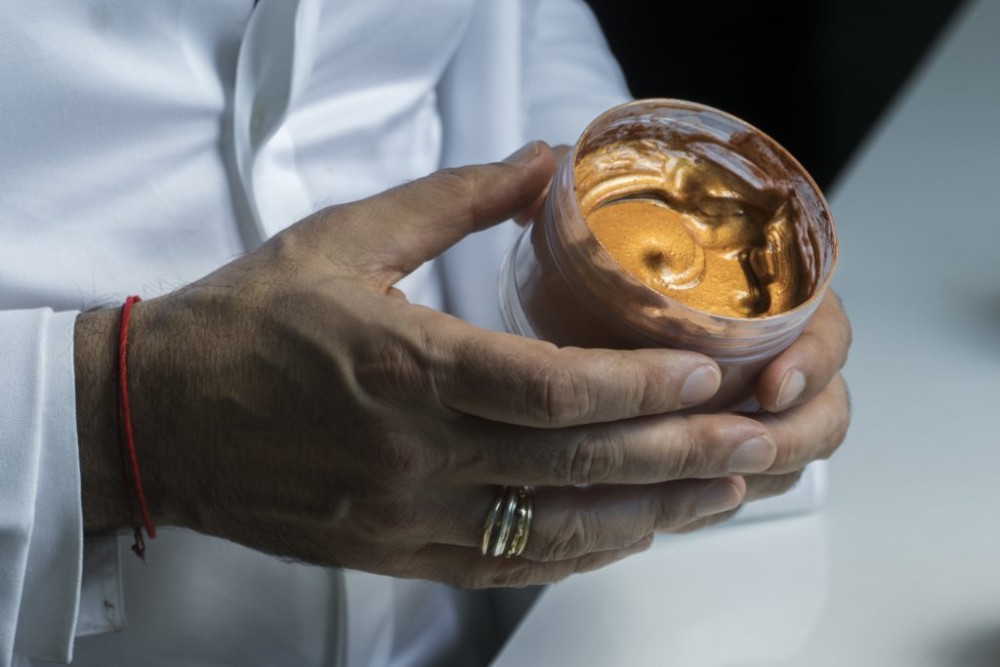
We’re interested to learn more about how you got down to the “trinity” formula of kaya, cacay and breu. How long did it take to perfect the recipe?
What led me to visit the Amazon to discover scents and aromas that were more authentic was the lack of variety that was quite evident during my initial visits to labs across Europe. These trips to the Amazon were somewhat organic. While I was working on a project for the Special Olympics, I was notified by a friend that there was a festival in the remote state of Acre that I could check out.
During my time with the Yawanawá tribe along the Gregório River was where I found breu – a natural resin that can be compared to frankincense. I only found out later on that the distinctive scent was used to naturally repel mosquitoes and insects, which was utterly fascinating. Not only that, but after thorough lab tests, we found that it was also anti-bacterial and anti-microbial, and has been known to be beneficial for the respiratory system.
Coming back to New York, I was on a mission to find two more ingredients to make this concoction. Cacay is an exquisite, potent oil in the market that I had to add in – not only because of its origins from the Amazon, but also for its properties, being rich in vitamins A and E.
The third ingredient, kaya, has been the most difficult to crack. It’s a high-protein seed from ancient sapucaia trees, of which we were challenged to craft into a cold-pressed oil richer in antioxidants, minerals and micronutrients than most other substances in the world. With kaya, we made a decisive move to purchase the entire crop, as we knew how precious and scarce it is, and we wanted to take it in our own hands to preserve it with our full attention. Our Jungle Complex is packed with exotic ingredients. The elements help build a ritualistic dimension and sit as our foundation for wellness. Every product that we create from now on is imprinted with this quality.
Everyone talks about being sustainable and it will remain a rising issue. How do you approach this for Costa Brazil beyond “clean” ingredients?
This is important to elaborate on. I realised from very early on that I couldn’t do the sourcing on my own. During my second trip to the Amazon, Natura, a major multinational company, took me under their wing and taught me how they interact with indigenous communities. Even with this gained knowledge, I was still stuck on how to make this transition and how to transport this clean source to our manufacturer that resides in America.
I had to seek further help and reached out to Conservation International, a dear organisation that takes great responsibility in restoring land and sea across the globe. This close partnership has helped grant us access to a sustainable supply chain with full transparency and in return, we make it our mission to support these communities directly. It’s rewarding to know that the local people reap the results straight on, with no middleman.
Being sustainable extends beyond just the ingredients but is evident in how we embrace this lifestyle through engagement. We have recently started an art coalition through Conservation International, inviting artists and talent to join in this dialogue to alleviate the damage done to the rainforest. As they create works for auction, we donate a portion of our proceeds to secure protected acreage for the Amazon. The two regions that benefit in this project include the Xingu area, which has seen serious threat due to deforestation, along with the Yawanawá tribe. Our company might be very small, but we believe in building a strong social structure in giving back.
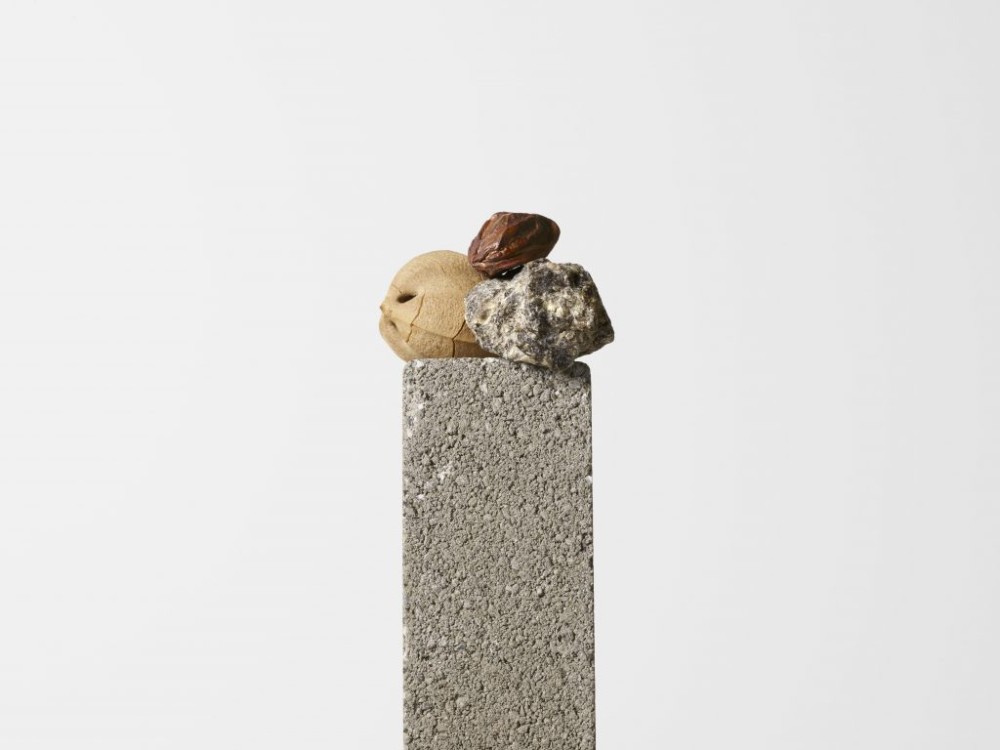
Aside from being known for your minimalist aesthetics during your tenure at Calvin Klein, how much are you a believer of “less is more”?
I’m not sure if I’m a minimalist, but I am a reductionist. I like to edit and reduce, reduce, reduce. I personally don’t think I need to have a lot, which makes me a minimalist, but I’m someone with a lot of emotion, so I could also be seen as a maximalist in that sense. I’m always learning how to balance these extremes.
We love how the brand’s Instagram is inclusive of different faces. Who are the ultimate Brazilian beauties that inspire you?
All of them! That’s why we’re so diverse. We avoided shooting an official campaign and deliberately street-cast people from the beach. This is the beauty of Brazil, being a melting pot of cultures. I think that it’s one of those few places in the world that’s ethnically vibrant. Brazilians are joyous people by nature and what makes us glow is our preference to feel good, but not to necessarily look good. When you feel good, you’ll ultimately look better. The confidence that Brazilians project is just infectious and is definitely a charm we would like to communicate.
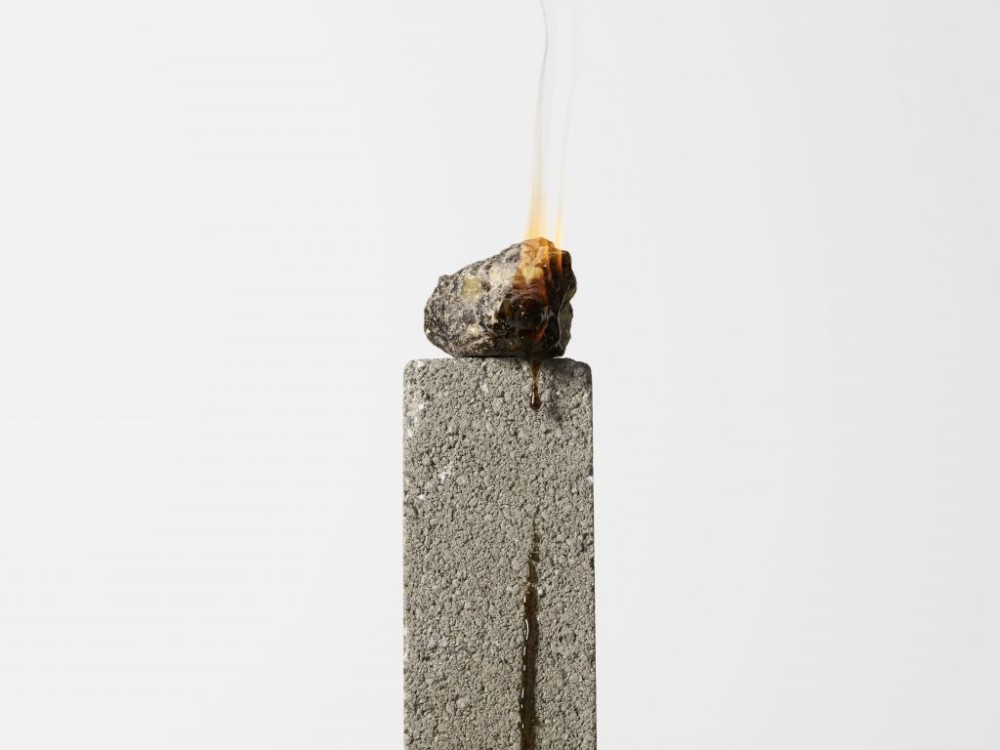
Aside from your brand, what other brands do you think are doing a great job in balancing commerce with social responsibility?
I’ve been very impressed with this American clothing label called Everlane, from their sourcing to how they communicate the brand. Being direct-to-consumer, they were one of the first to make new rules on how to maintain a high level of ethical standards. When it comes to beauty brands, I’m not that tuned in to what’s going on all the time. I approach beauty the same way I did fashion, which is quite unorthodox. I’m still on this path of learning the business and paying close attention to refining the ingredients, so I do keep to my own.
What’s next for Costa Brazil?
We would definitely love to explore more on hospitality since we are a sensuous brand that tries to captivate all the senses. We see ourselves as an experiential brand that values a holistic experience. The retail environment is continuously evolving, yet I still believe in investing in offline so that our customers can speak to us on the ground. This is definitely on our radar for 2020.
